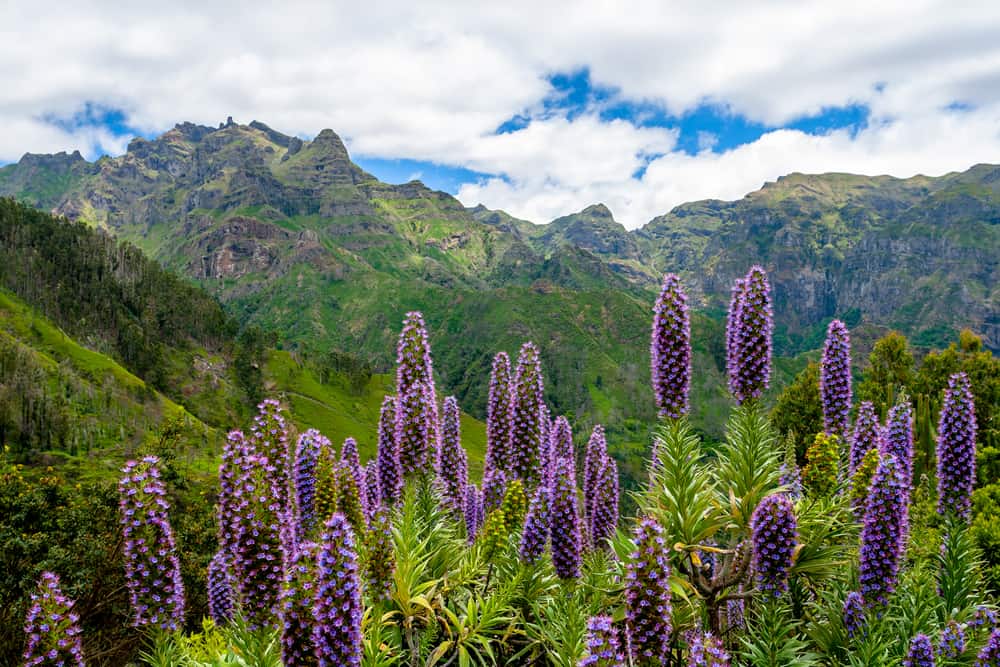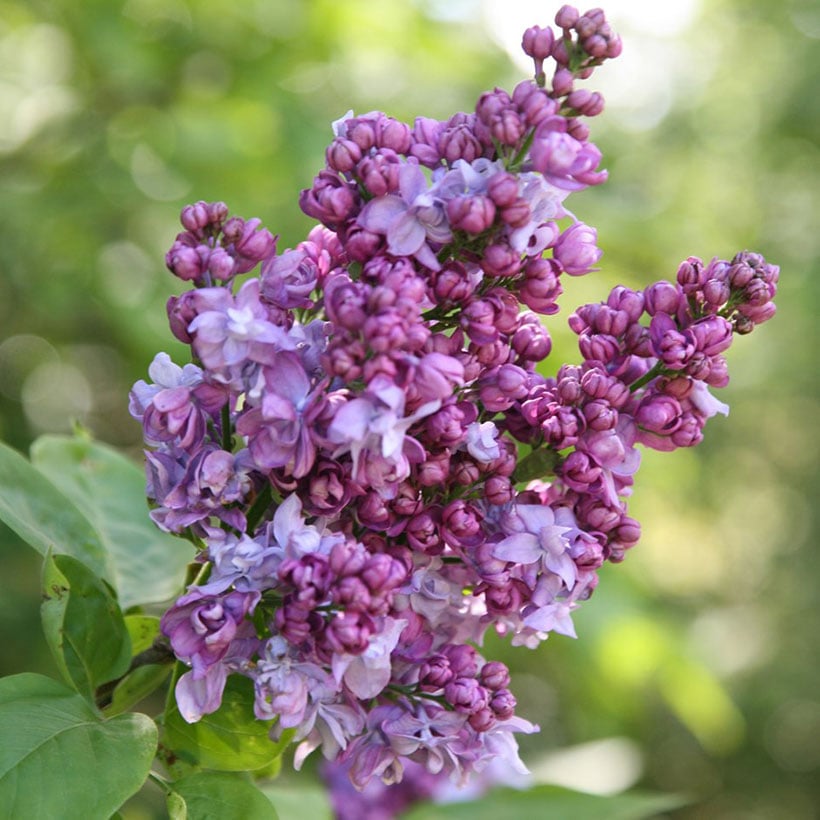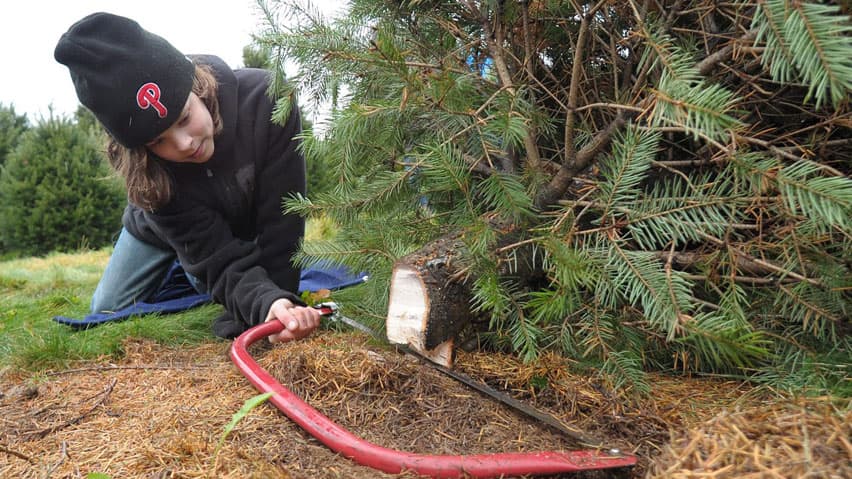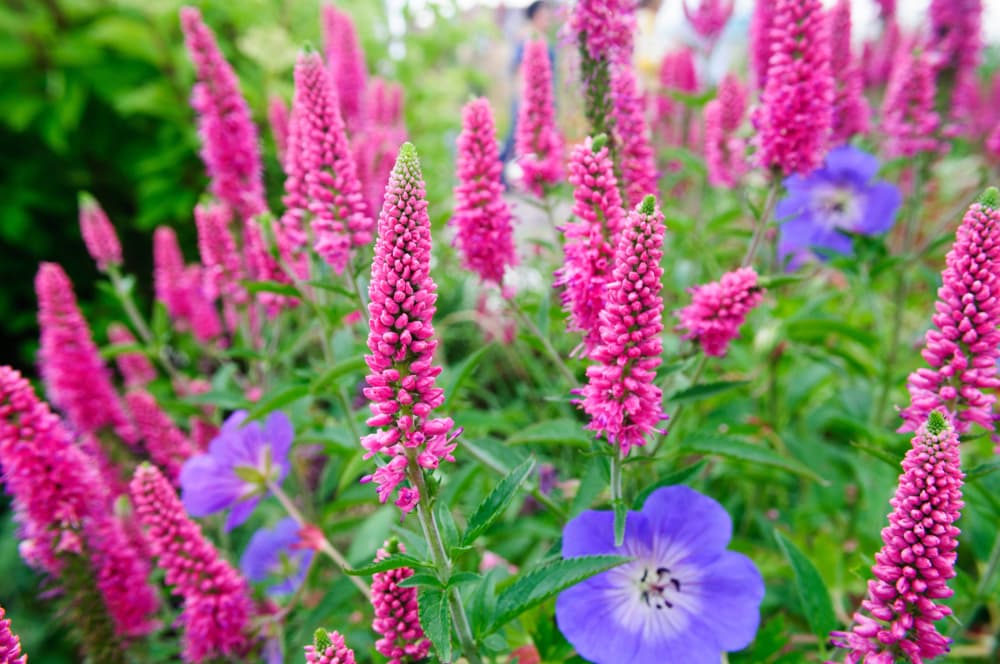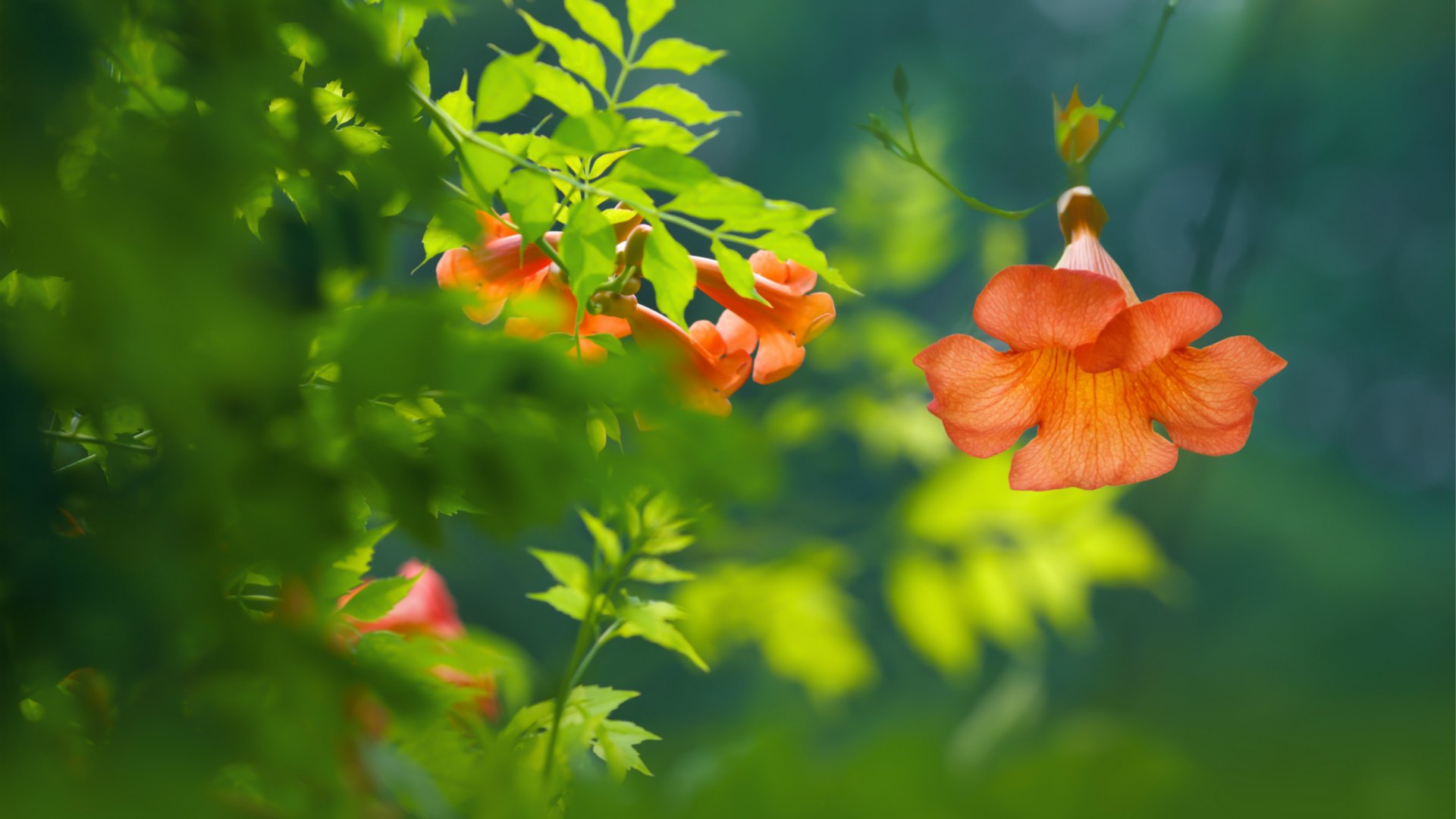Guernsey Lily: How To Grow and Take Care of This Plant
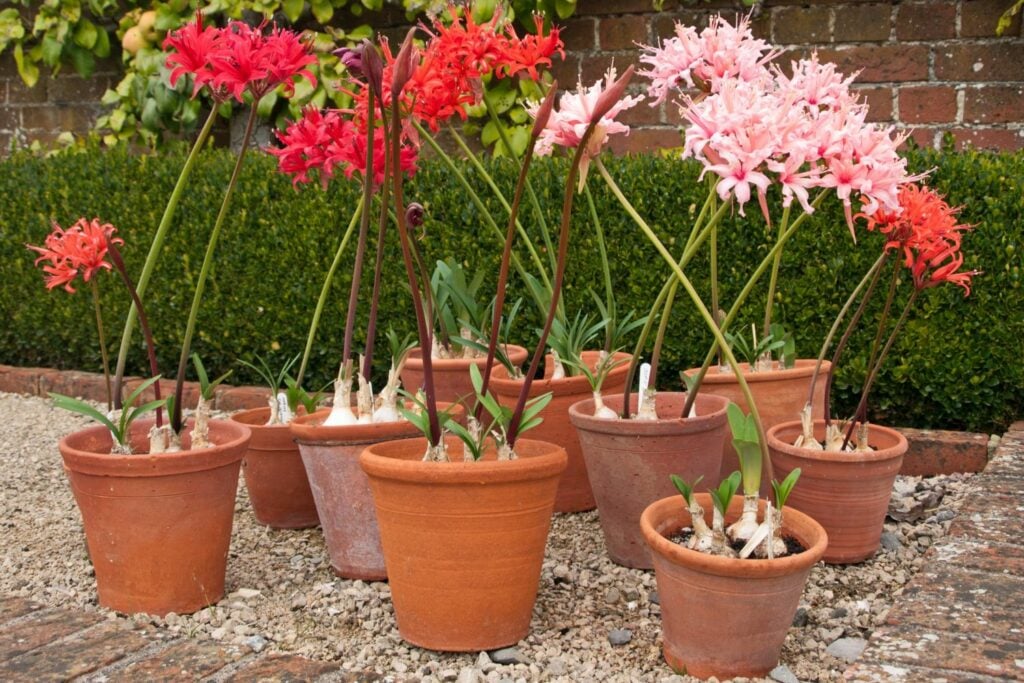
Table of Contents
Are you looking to plant a Guernsey Lily plant in your garden and not sure where to start? The unique flowers do add a lot of contrast and aesthetic to your garden. Before we grow the plant, we need to understand its requirements, growing conditions, and required maintenance in the future.
No wonder planting trees adds more shine to your garden and its surroundings. Its beauty attracts the people who see them. But the main reason behind keeping your trees well maintained is the aesthetic beauty and well as care for the tree. Also, when you grow a plant, their growing techniques vary from one another.
So in this article, let’s talk about the Guernsey Lily Plant and how you can grow them effectively in your garden!
Guernsey Lily: Its Origin & Background
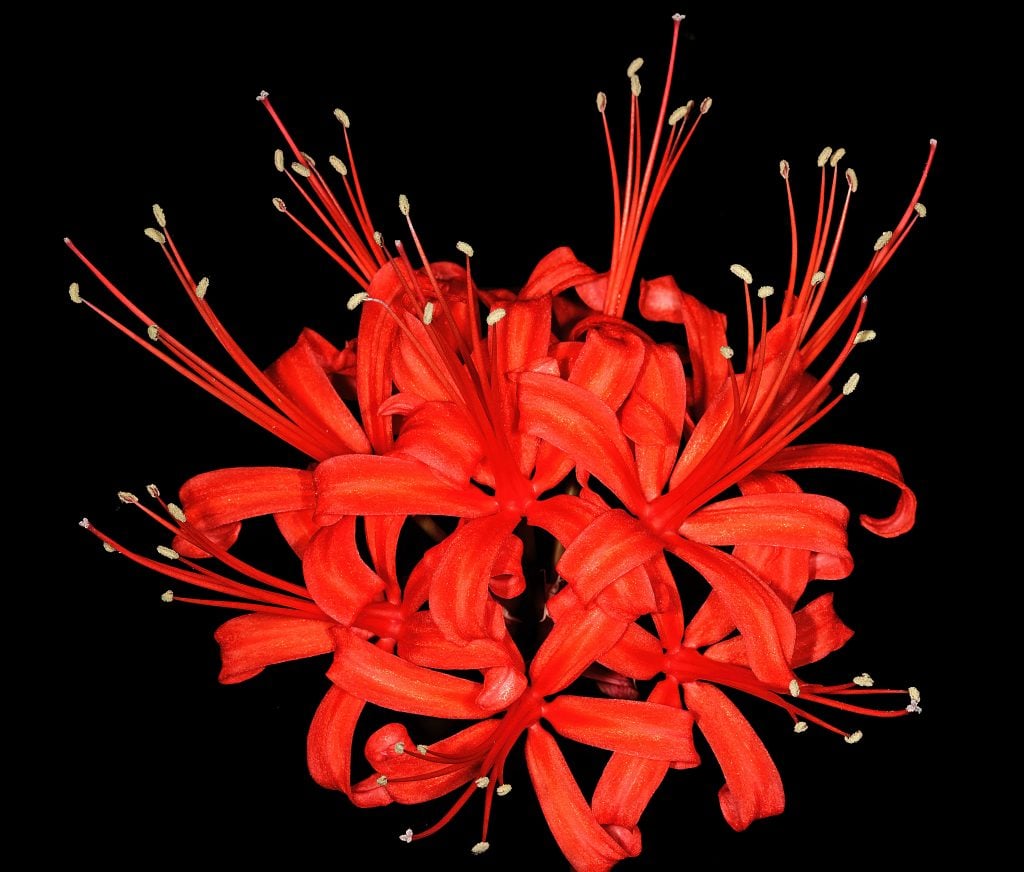
Guernsey Lily, who is also known by the name Nerine Sarniensis is a flowering plant hailing from the family Amaryllidaceae. This plant is found in the temperate zones of the world. It belongs to South Africa, but now they are also found in France, Madeira, Switzerland, and the Azores. Apart from these, it is also found in other African countries like Namibia and Botswana. The height of this tree is 18 inches tall, and in width, it is 3 inches. This plant is basically a bulbous perennial.
This plant has got strapped leaves with an umbel type of scarlet. Its flowers are just like other lily flowers with stamens tipped along with anthers of purple colours. These purple-coloured anthers are found between late summer to early autumn.
If we speak about its cultivation, this lily plant can be planted in such areas, which prevents them from winter in cold seasons. These plants can also be referred to as jewel lilies. This plant’s bulbs were first consigned from Holland. These were taken from a ship that was sinking in the year 1659. Then these plants grew in the Channel Islands. Its genus was first established in the year 1820 by the famous Amaryllis expert William Herbert. Its scientific name Sarniensis refers to the island of Sarnia, which is basically the German name of Guernsey Lily. But initially, the name of this plant was given in the year 1725 by James Douglas.
Guernsey Lily: How To Grow This Plant
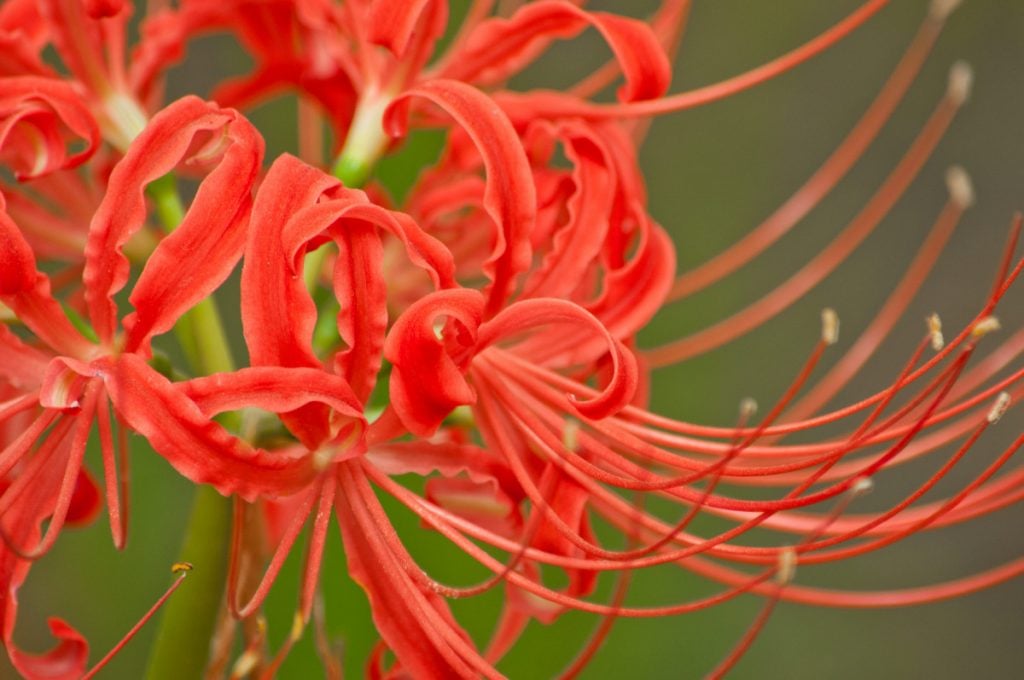
Now let us discuss how to grow this plant. The life cycle of this plant is basically when the leaves turn yellow in the month of April then its bulbs become dormant. You will be able to witness that a new set of roots grows in the month of August while the old branches and roots die. After getting a good amount of sunlight and proper watering, you will see the bulbs of this plant.
This plant requires well-drained soil for its plantation with the proper amount of sunlight and water. But remember not to plant in shaded places. Because when you are planting this plant in a shady place, the flowers will not bloom.
Below you will be able to know the steps for growing it:
- Step 1: You will have to add a good amount of grit. Grit is used to maintain proper drainage, which will help the plant to grow.
- Step 2: After applying grit, plant the bulbs of this plant just below the surface. Remember, their neck should appear out of the soil about 7 to 10 cm in height.
- Step 3: Proper mulching should be done in its first winter. Do this process until the tree gets grown up properly.
Along with that, you will also have to keep in mind that you do not plant the bulbs deeply. The reason is when you do this, the flowers will not grow. You will have to wait for a year for this plant to grow and bloom properly.
You can also grow them from seed as well.
Growing Guernsey Lily Using Seed
- Step 1: Firstly, you will have to sow seeds nicely and thinly.
- Step 2: After doing the first step, you will have to grit them properly.
- Step 3: Thirdly, you will have to compost them. And for those who don’t know what compost is? So compost is basically a process where organic materials are converted into soil amendments filled with rich nutrients or sometimes natural decomposition mulching.
- Step 4: Fourthly, after having done with the compost part, you will have to give proper sunlight and heat to germinate. Along with that, water must be given properly around 10 to 13 degree Celsius.
After a year, you will be able to see new bulbs appearing. However, it will take around 3 to 5 years for new flowers to appear.
Guernsey Lily: How To Take Proper Care of This Plant
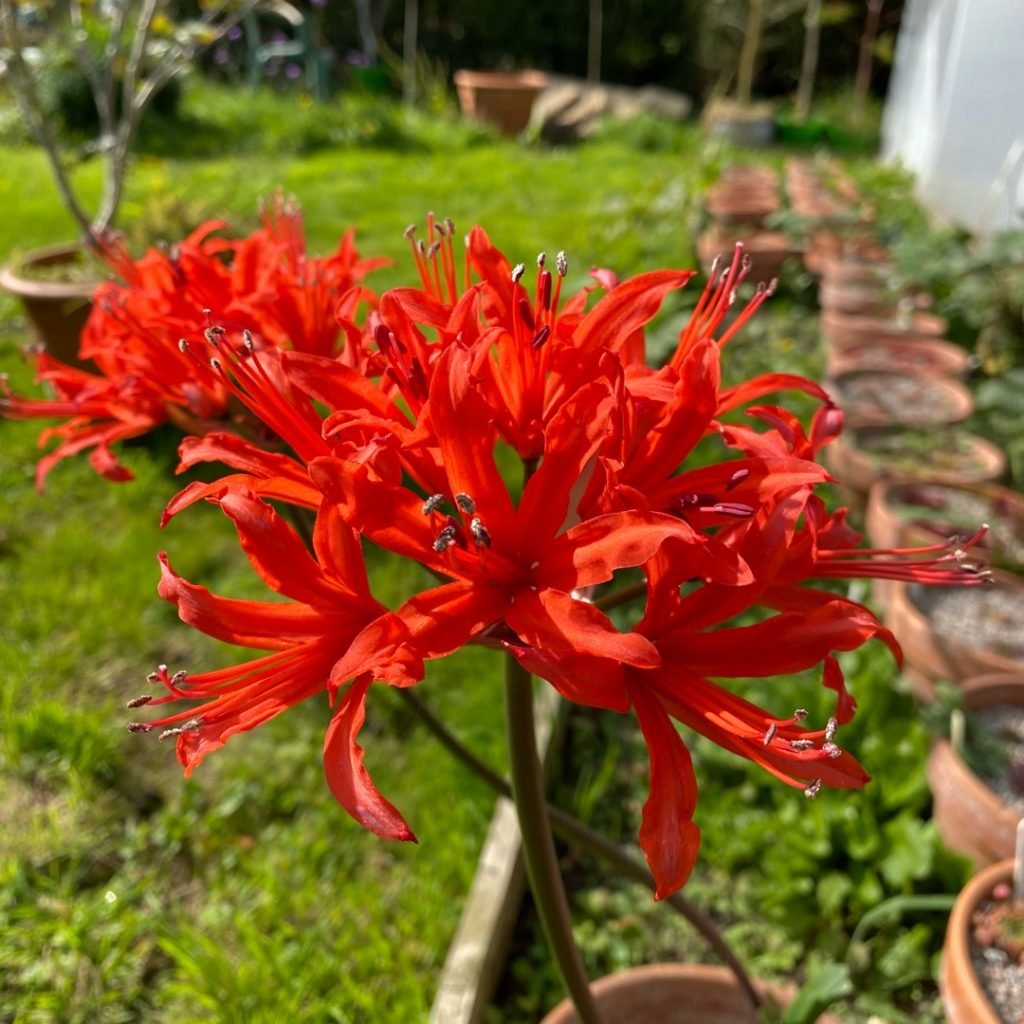
As we discussed earlier, proper care needs to be taken for this plant. When the time is between late summer to winter, it is advisable to use a fertiliser which is basically a slow-release fertiliser. This is only done when the leaf of this plant starts growing. All you need to do is to remove the underlayer of this plant first. After doing it, you will have to add the fertiliser to the plant. Also, don’t forget to add a fresh substrate layer. Properly adding water to these plants will keep them healthy and also for moist soil.
When it is between winter to spring, it is always advisable that no watering & fertiliser should be done at that point in time. You will have to wait until the summer when the new leaves come. Then only you will be able to apply fertiliser and water to keep them healthy. If you want to see more flowering, then it should get a freezing temperature of 2 degrees Celsius. Also, you have to stop watering the lilies so that they get dried out by that time. This will allow the plant to die after two weeks. Since we all know that these lilies can be planted in a pot so winter is the best time to repot. By doing this process, it will allow a new set of lilies to grow. The most challenging time for tacking with wind is October if you are planting it in your garden. So make sure it gets well protected.
When we talk about the duration from spring to summer, it is the best time for your plant to be under the garden bed if your plant is potted. But in the month of June, you are advised just to give some water, but not before that. This is the time for the bulbs to grow into roots.
An important point to remember is that if you see your plant is not flowering, make sure that it should be placed under a temperature of 2 degrees Celsius. In summer also, you should not let it get heat more than 25 degrees Celsius.
Some Benefits of Growing Guernsey Lily
- With the colour of this plant, it will add charm to your garden and to your surroundings.
- They are easily planted in pots as well as in the flower beds.
- Having a hard body will prevent them from dying in extreme weather conditions.
- They are free from harmful pests or any sort of diseases.
- When planted in huge numbers, this plant will make your garden more beautiful.
- This plant is not so costly and can be bought very easily.
- You can grow this plant easily.
Some Common Problems Found in Guernsey Lily
It is found that there are certain problems that people are dealing with while planting these lilies. One problem is the bugs and flies, which cause trouble for Guernsey Lily. One such bug is troublesome, and that is mealybugs. Actually, these plants need to be kept in a place where it gets protection from winds and winter, like Greenhouses, and when you keep them in such a place, mealybugs can cause an issue. Another problem that is the most common issue which everyone faces is that lilies are not flowering.
Some Other Lilies Apart From Guernsey Lily
1. Patricia
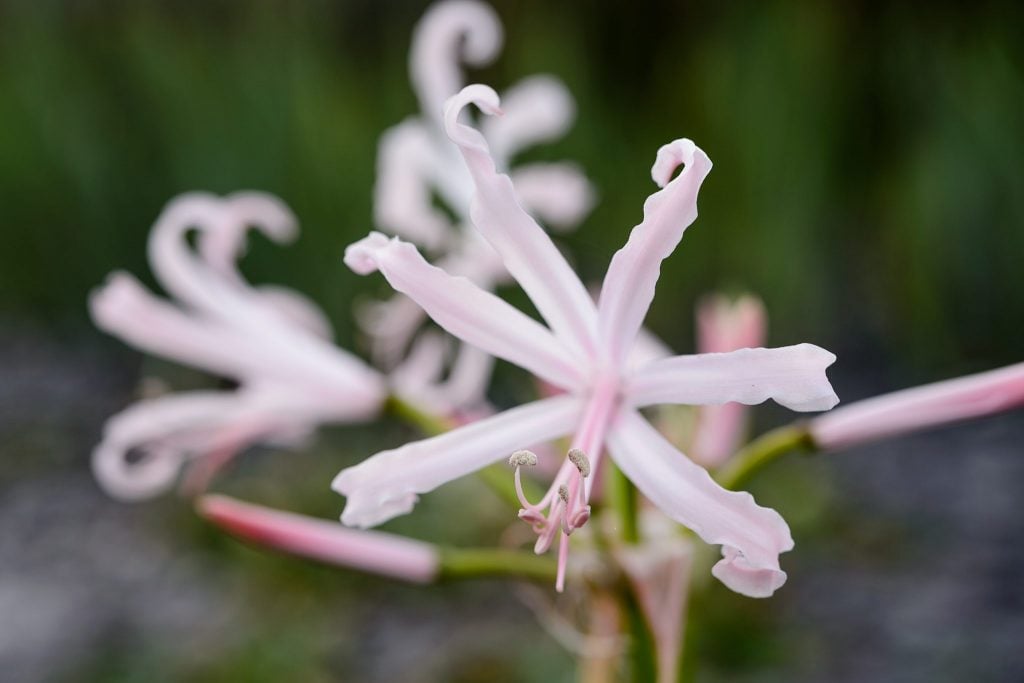
Patricia is a Nerine Bowdenii plant which you can also have in your garden as well. The height of this tree is about 45cm. Just like Guernsey Lily, this plant looks the same as Guernsey Lily, but its flowers are pinkish white in colour. This plant is best to be planted in the late summer. It also requires well-drained soil with proper sunlight and water to bloom.
2. Nerine Undulata
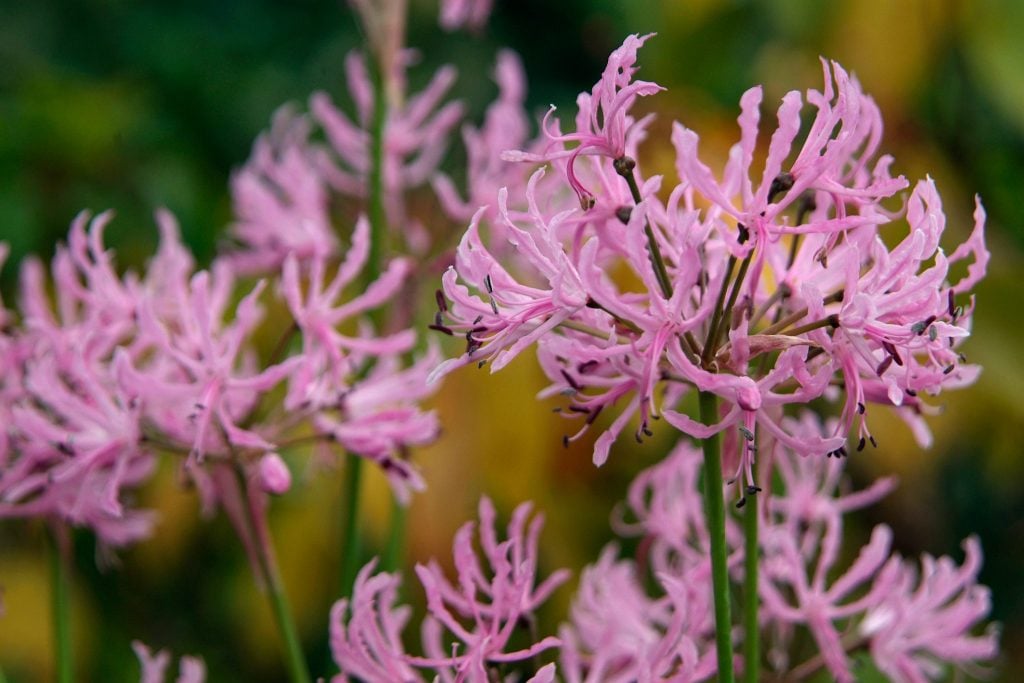
It is a plant which has flowers of light pink colour. As compared with other Nerines, their height is not as much as others. The height of this plant is 40cm. These flowers bloom properly in the months of November and December. Just like Patricia, this also requires well-drained soil with proper sunlight and water to make it more bloomy and shinier.
3. Alba
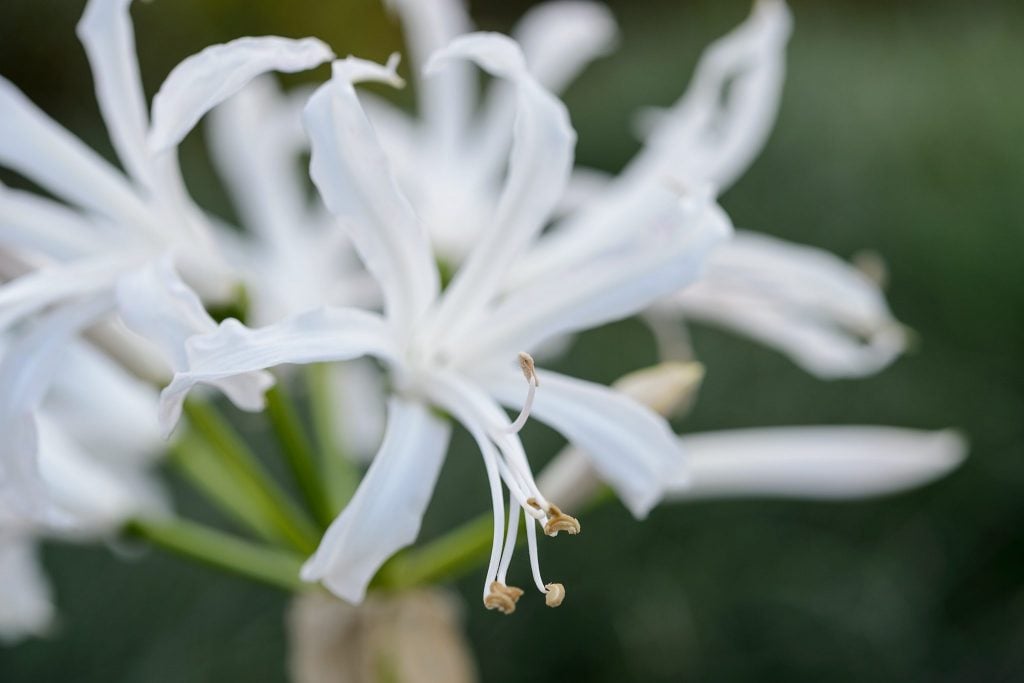
Alba is also a Nerine Bowdenii plant which is just the same as above, but the only difference is its colour. Just like Patricia, their height is similar to theirs, which is 45cm. It is white in colour fully. It requires proper well-drained soil with a good amount of sunlight and water to bloom.
4. Fenwicks
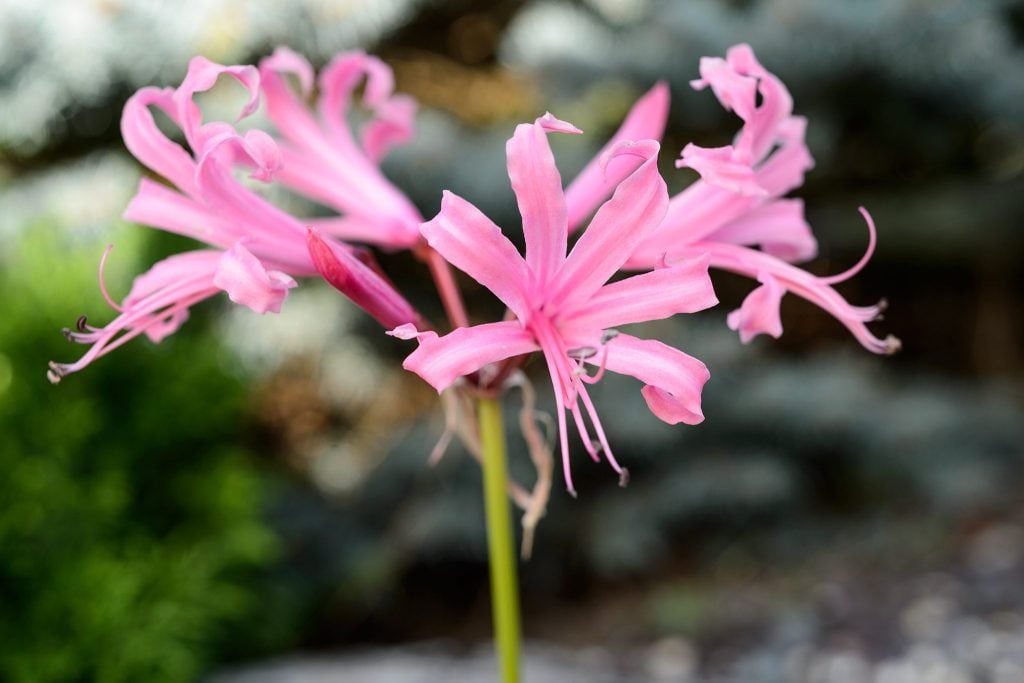
Fenwick’s variety is yet another Nerine Bowdenii plant which is the same as other Nerine plants. These plants are nontoxic in nature, like other plants. These plants have a height of 60cm which makes them the tallest among other Nerine plants. Just like Nerine undulata, its flowers are pinkish in colour. It requires the same amount of water, sunlight, and properly well-drained soil, just like other plants.
Besides these four, there are other Nerine plants such as Nerine humilis, Nerine Fulifola, Nerine Pudica, Nerine Laticoma, Nerine Krigei, Nerine Augustifola, Nerine Filamentosa, Crinum, Nerine Culvifolia, Nerine Flexuosa, and others. These are the plants that people mostly have in their gardens. They are so beautiful that people can’t take their eyes off them. In today’s world, you can get these plants in online E-commerce platforms.
Final Thoughts
In conclusion, we have come to the end of this article, where we have learned about this plant, how to grow it, and how we can take care of this plant. Note that when you are going to plant these beautiful lilies, make sure that you follow the above-mentioned steps.
Proper watering and fertilising in the mentioned time frames shall be taken care of. This plant should be kept in a place where it gets protection from windy and winter type of weather. Not many plants look as beautiful as it does when planted in your garden because of their unique colour and several varieties. We hope you enjoy planting these lilies and feel lost in their beauty this season.
Tell us what you think about these plants and how badly you want them to be in your garden.

